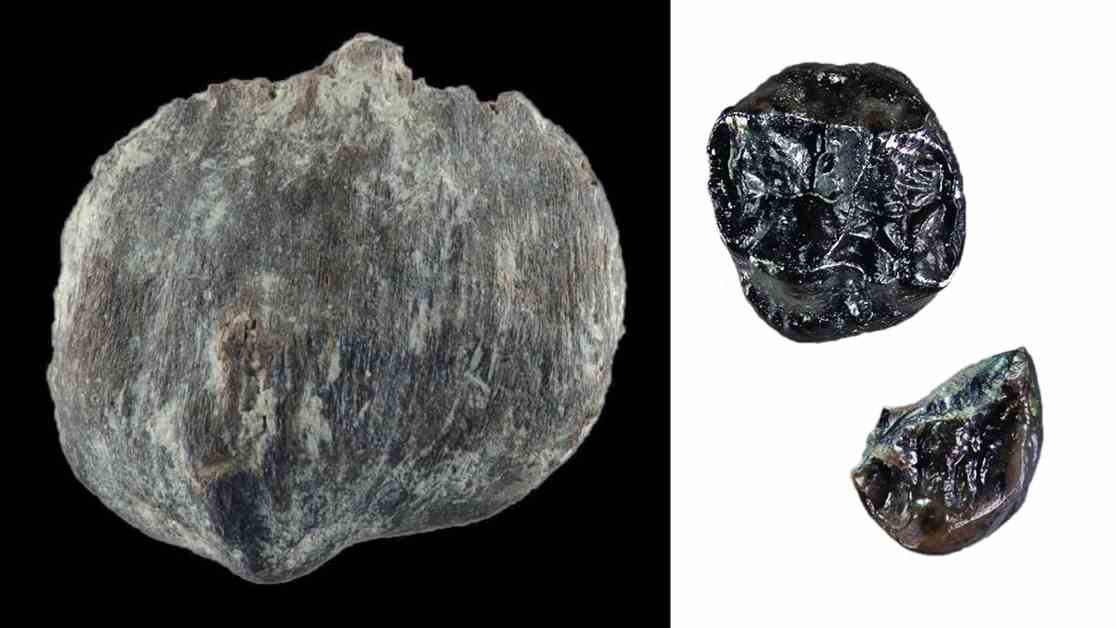New Discovery in European Great Ape Evolution
Two different species of ancient apes, one possibly the smallest great ape ever discovered, have been found coexisting in Europe, according to recent fossil findings in Bavaria. This marks the first time that distinct ape species with unique body styles and diets have been found living together outside of Africa.
Researchers, led by paleontologist Madelaine Böhme from Eberhard Karls University of Tübingen in Germany, previously uncovered fossils of Danuvius guggenmosi at the Hammerschmiede site. This extinct great ape, believed to be the oldest known upright walker, was found to have lived around 11.6 million years ago.
Now, Böhme and her team have identified a new great ape species called Buronius manfredschmidi from three fossils discovered in the same sediment layer as Danuvius. The fossils include a partial upper molar and a kneecap from a young individual, as well as a partial lower premolar from an adult. Based on the size and shape of the fossils, researchers estimate that Buronius weighed around 10 kilograms, making it the smallest known great ape.
The findings suggest that Buronius had a diet of soft foods and was adept at climbing trees, indicating a lifestyle of eating leaves high in trees and sweet fruits. The coexistence of Danuvius and Buronius in the same habitat at Hammerschmiede is a first for Europe, shedding light on the diverse ape lineages that evolved in the region during the Miocene Period.
Further research is needed to determine the exact evolutionary status of Buronius and its relationship to other ancient European apes. The discoveries at Hammerschmiede emphasize the significant role of Europe in the evolution of great apes and primates during the Miocene period.




